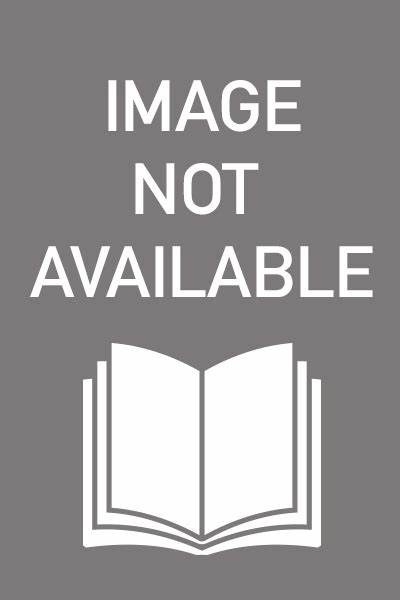Daily Lesson Plans —— A Teacher's Manual First Year
-----
But this complex and technical process is as a rule carried on under difficulties: primary classes are usually very large; the demands upon the teachers are very great; the continuity of the work is often broken, through transfer, illness, resignation, or a score of other circumstances; the unity and economy which should be effected and maintained by supervision are, for a variety of reasons which need not be stated here, too often lacking. As a result of these conditions there has come to be a Widespread, insist ent, and increasing demand for definite and reliable teaching plans such as are presented in this Manual. And this demand has come not only from the teachers themselves, but from their principals and supervisors, and, notably, from those teachers and supervisors who believe most firmly in originality and adjustment and not at all in cast iron methods. And SO it has come about that the editors of the Horace Mann Readers, while holding with conviction to the principle that the self-activity of the teacher must be respected and developed, have prepared a set of daily lesson plans. And they have done this not as a mere concession to a demand, but with a gron conviction that there is a higher requirement than the self-activity of the teacher — and that is the self-activity of the children and the efficiency which results from its Wise direction; and that suchefficiency will most surely be attained, not through the undirected or misdirected originality of unsupervised or ill-supervised teachers, but through the use of a definitely organized plan of work to be faithfully followed, at first implicitly, and then with such adjustments, modifications, and improvements as the teacher's enlightened originality may suggest. For most teachers, and indeed for people generally, originality is a modified imita tion; and the best way to be original is not to start from nothing, but to stand on the shoulders of another's plan. The Manual consists of three parts. Part I contains a brief statement of principles, a running comment on methods of teach ing reading, and a summary of suggestions for phonic work and drill, together with cautions derived from a somewhat wide ex perience. Part II contains daily lesson plans for the first half year to accompany the Horace Mann Primer. Part III contains Similar plans for the second half year to accompany the Horace Mann First Reader. These plans aim to tell the teacher just what to do in word and thought development, dramatizing, black board work, Silent and oral reading, ear training, enunciation, phonics, drills, and seat work. They are the product of actual successful classroom experience, in various schools, with various kinds of children. Some of the suggestions are new and after testing have been found valuable. Particular attention is invited to the applications of the problem method, to the position taken with regard to habit formation, and to the entire treatment, both in theory and in practice, of the subject of phonics.
{{comment.content}}








 京公网安备 11010802027623号
京公网安备 11010802027623号